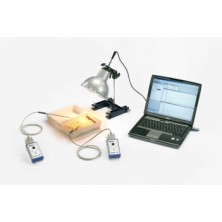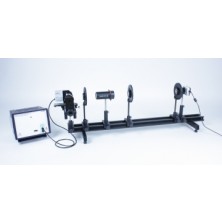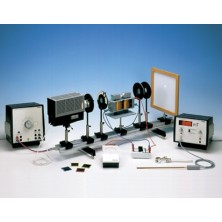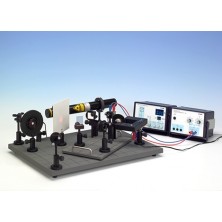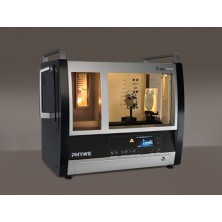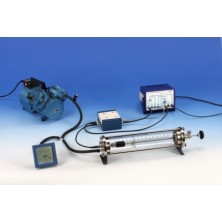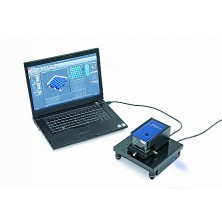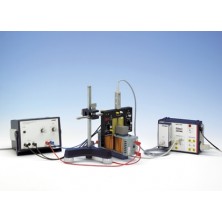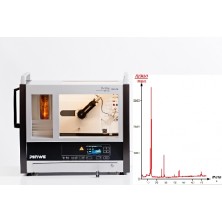
Measuring reading skills with Cobra4
Item no.: P1522260 Principle With this experiment, you can determine your own personal reading speed. One’s reading speed can be trained and is an important prerequisite for the proper handling of all kinds of texts. You can precisely study the movement of your eyes during the measurement. Tasks Explore your reading behaviour reading easy and

